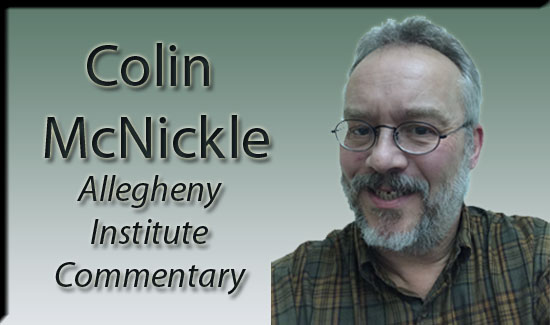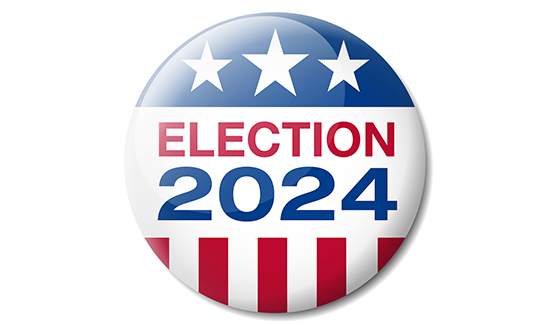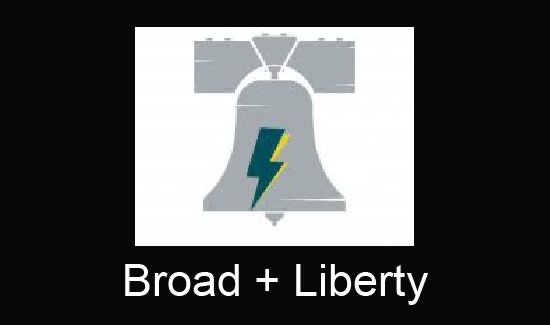The Road Less Travelled in PA
Matthew J. Brouillette & Jake Haulk
Editor’s note: This is the second in a series of occasional commentaries on how Pennsylvania can turn around its economic fortune. In their first installment, "Reviving Pennsylvania," Brouillette and Haulk described Pennsylvania’s economic situation of the last 40 years as "so-so" at best. Today, they tackle why we fare so poorly.
The economic policy of states and nations can follow only one of two paths.
One direction relies on the private sector to allocate capital and determine how best to spend, save and invest it. The other road empowers the public sector to make such decisions.
The notion of a "mixed" approach of both free markets and central planning is merely a variation of the latter. And it is the latter path that Pennsylvania has been traveling for decades — with a massive step up in state involvement over the last six years.
Pennsylvania’s government has no money of its own to spend. It has only that which it first takes out of the pockets of working Pennsylvanians in the form of taxes or from our children’s future income in the form of debt.
Therefore, there are real and significant consequences when government increases taxes, borrows more money and spends those limited resources on politically chosen projects and programs.
In the long term, these government interventions harm our economic health by turning the business community into "subsidy seekers."
In Pennsylvania, the state’s "tax take" of personal income has risen by nearly 40 percent since 1970. Today, our state and local tax burden ranks 11th highest in the nation and Gov. Ed Rendell wants to increase that burden. Yet despite higher taxes and more government spending, Pennsylvania ranks among the bottom five states in the nation in job, income and population growth.
Conversely, states that have chosen the other path to economic prosperity have found success. In the eight years prior to 1992, Colorado was 43rd in family income growth, 33rd in job growth and 43rd in economic growth per capita, much like Pennsylvania today.
But when tax and spending limits were imposed on state and local governments in 1992, Colorado’s economy boomed. From 1992-2005, the state was seventh in family income growth, sixth in job growth and seventh in economic growth per capita. And as a result, the average family received $3,200 overpaid in taxes during that period.
A political sea change has since occurred in Colorado, reversing some of its economic fortunes. But the people prospered when state policies recognized that government only redistributes wealth and cannot create it.
These are the lessons Pennsylvania politicians refuse to learn.
In addition to a high tax burden and government spending increases of double and triple the rate of inflation, Pennsylvania is home to an onerous regulatory regime, a legal environment driven by trial lawyers and labor laws that favor union bosses over workers and jobs.
The pursuit of bad economic policy and the inability to reverse course in Harrisburg have contributed to Pennsylvania’s long-term economic sluggishness relative to the nation and most states.
As Pennsylvania politicians grapple with a $3.2 billion deficit that reflects years of overspending, they once again have an opportunity to choose between two paths. While the one less traveled has proven to be a path to prosperity in other states, the well-worn road in Pennsylvania might be too familiar and alluring for Harrisburg to pass up.
# # #
Matthew J. Brouillette is president of the Commonwealth Foundation for Public Policy Alternatives. Jake Haulk is president of the Allegheny Institute for Public Policy.
Permission to reprint is hereby granted provided the author and affiliation are cited.
Commonwealth Foundation | 225 State Street, Suite 302 | Harrisburg | PA | 17101




